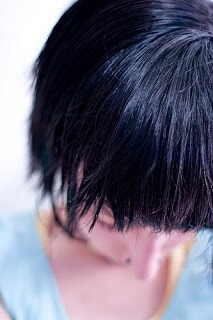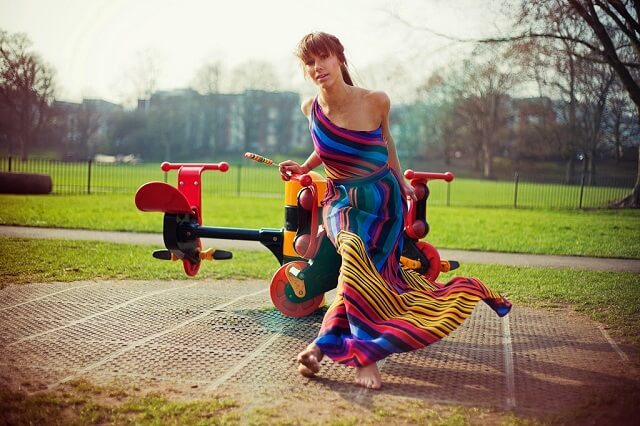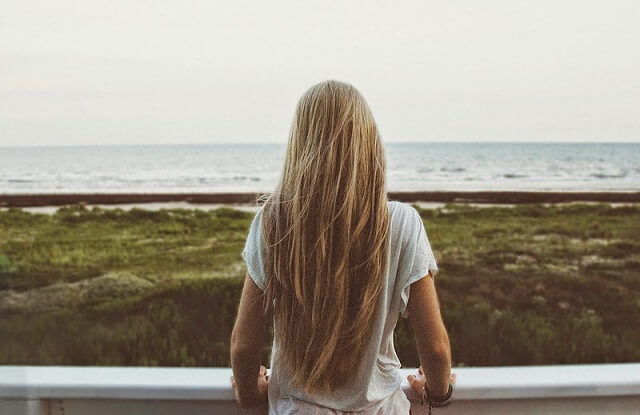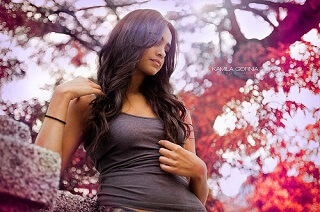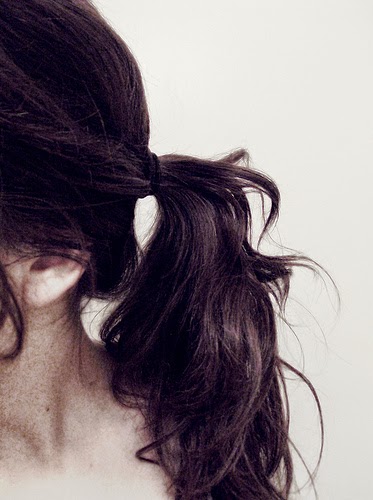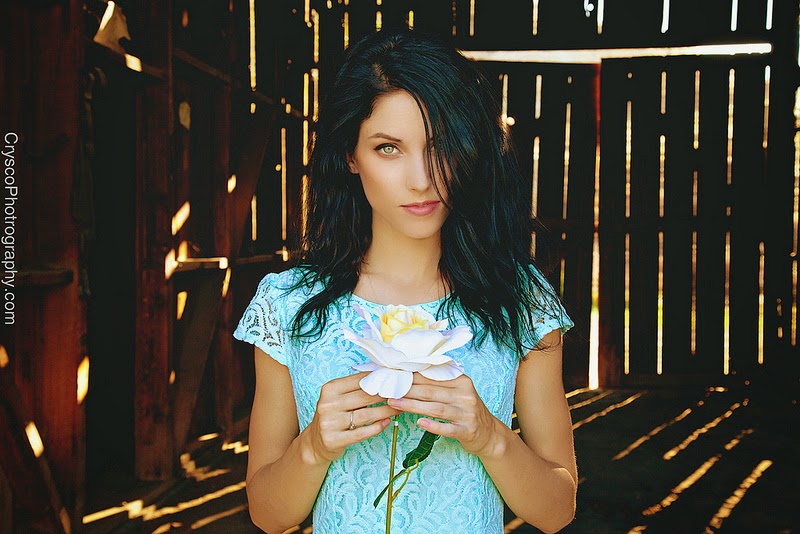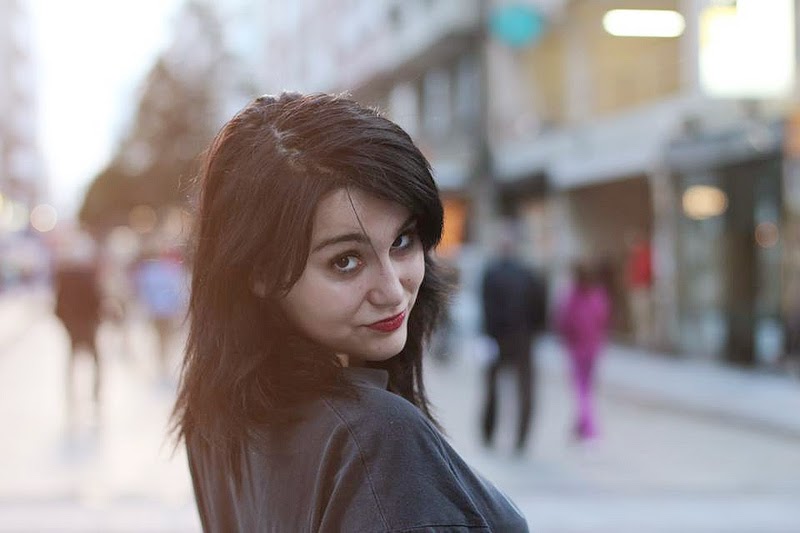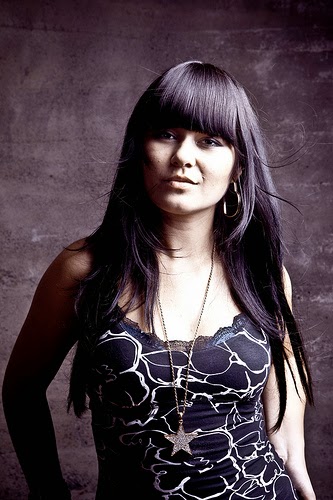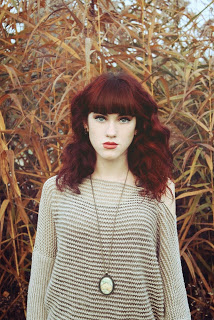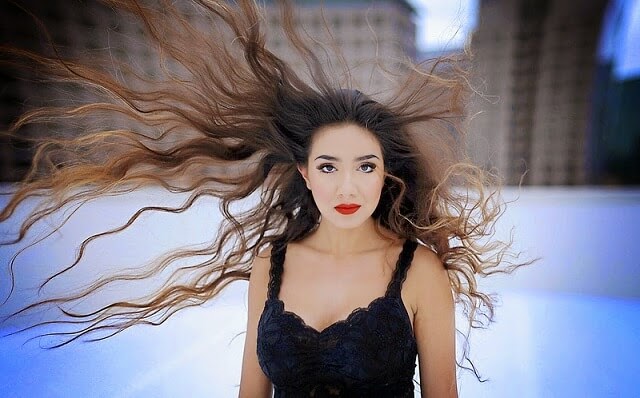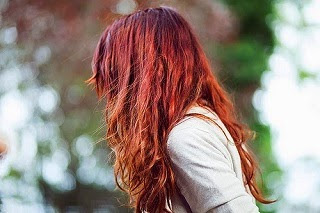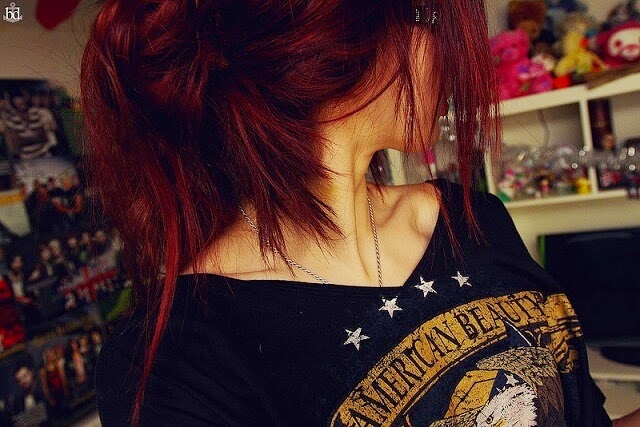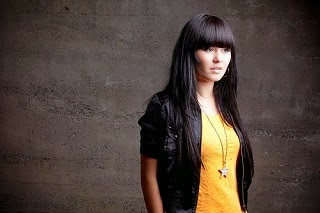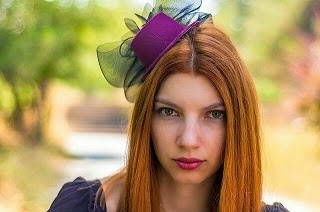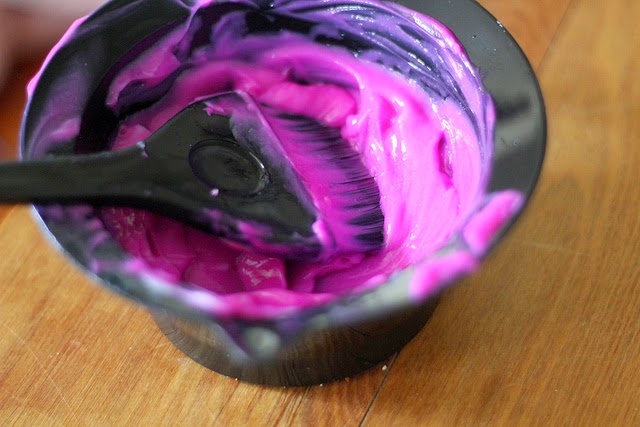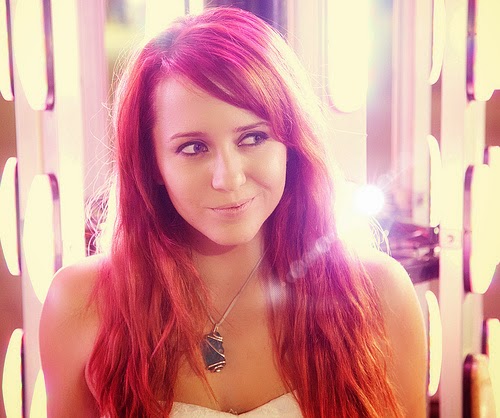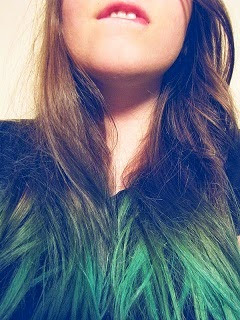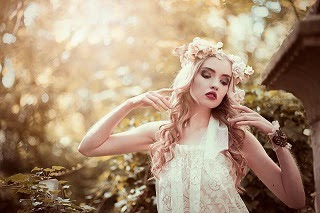
|
| [1] |
If you've dyed your hair to the black colour that it currently is, this complicates the process a little more. Either way, as long as your hair is in good condition, both dyed or natural black hair can be taken to a blonde colour.
The dye process
Navigation
Introduction
Lightening hair
- Choosing bleach
- Bleach preparation
- Hair sectioning
- Bleach application
- Processing
- Rinsing
- Damage repair
Toning hair
Once your hair has been lightened, it is then simply a matter of toning it to the desired shade of blonde. This is very similar to how you would dye dark hair blonde in general, but black hair usually needs to be bleached more than once to get to this point.
In effect, the dye process is as follows:
- Bleach your hair to the yellow stage - this step is slightly different for dyed black hair.
- Tone your hair using a blonde dye.
- After dye care - use protein treatments and conditioners.
Hair condition
Before you can go from black to blonde hair, you need to ensure that your hair is in good condition. Hair that is not in good condition can be distinguished by breakage, split ends, a weakness when wet, a loss of elasticity, and a rough texture. If your hair is like this, it's usually too damaged to be dyed blonde.
This doesn't mean it can't necessarily stand up to the process, but the resulting appearance and the commitment to repair treatments required would mean it wouldn't look or feel its best.
You also shouldn't bleach your hair if it has been bleached or dyed extensively, or you have used a perm or relaxer in the past. If your hair is fine or thin, you need to pay particular attention to how it reacts to dyes and bleach as it is naturally weaker than coarse hair, which reduces the amount of processing it can handle.
As a simple rule of thumb, if your hair is at least a medium texture and thickness, naturally black, and doesn't contain any dye, you will often be able to reach blonde in one bleach, with minimal damage.
If your hair has been dyed black or is highly resistant, it won't lighten as quickly and will need to be processed more than once. Your hair needs to be in good enough condition to remain strong and soft in the event of multiple bleach processes.
- Bleaching damaged hair - A more comprehensive overview explaining how to tell if your hair is too damaged to bleach, as well as what hair types are the most resilient. Read this if you're unsure about your hair's condition.
Dyed black hair
Dyed black hair won't lighten as effectively as natural black hair, and will never lighten to blonde in one process due to the sheer amount of colour that needs to be removed. This process is made easier and gentler on your hair by using hair dye remover first.
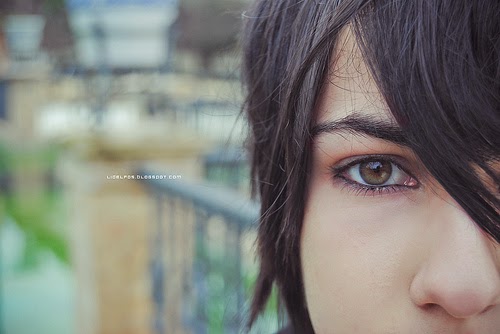
|
| [2] |
Hair dye remover works by reversing this reaction and breaking the molecules back down so that they can simply be washed out.
Whilst hair dye remover is a great product, it won't usually be able to remove all of the artificial colour. It is still an important step before going from black to blonde hair if the black colour is a result of permanent dye though. Any colour that is removed by the hair dye remover will make it easier for the bleach to work. Dye remover can't damage your hair, but bleach can, so any reduction of bleaching is great for your hair condition in the end.
The final blonde colour will also be easier to achieve because the dye remover strips out some of the deep red tones that lay underneath the actual black colour you see. This red pigment would otherwise require more planning and time to effectively tone after bleaching and achieve a natural looking result.
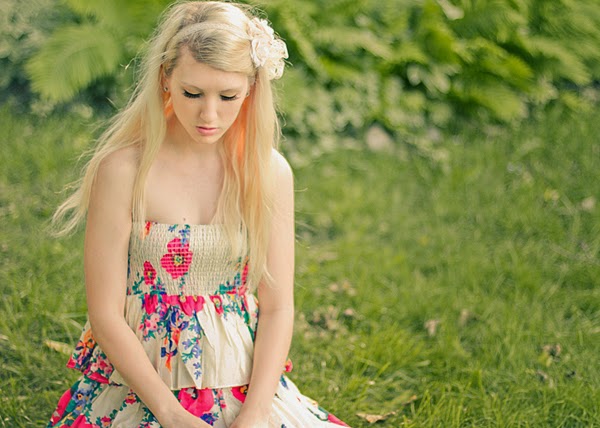
|
| [3] |
Bleach powder

|
Wella Multi Blonde Bleach |
This requires a professional bleach product that is high quality and reliable. Some of the bleach powders that fit this criteria include:

- Schwarzkopf Igora Vario
- Wella Blondor Multi Blonde
- Indola Rapid Blonde
- Loreal Infinie Platine
- Loreal Platinum Plus
Click the link of any of the above products to find them on amazon...
Preparing bleach
After you have chosen an appropriate bleach powder, the product need to be mixed with developer to work. Most brands of bleach are mixed in a 1:2 ratio of powder to developer, but this does vary. Use the correct ratio for the brand of bleach powder you are using.
Using any of the recommended bleach powder products above, 20 vol developer is the highest strength that should be used on scalp. These powders are strong, and anything above this peroxide concentration is going to increase irritation and damage without benefiting lightening too much.
Sectioning hair
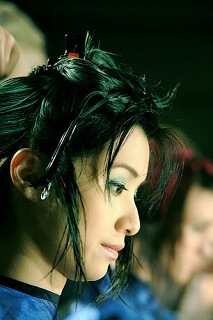
|
| [4] |
To section your hair properly, divide it up into four quadrants using a comb and sectioning clips. This requires parting your hair directly down the middle from the front of your forehead to the nape of your neck, then dividing it once more from the side near each ear to form four equal rectangular sections of hair. Once this is done, you're ready to apply bleach.
Bleach application
The application of bleach should always be performed as quickly as possible for an even result. The quicker you can apply it to your hair, the better the result will be. Aim to have your hair covered completely in 10 minutes for perfect results, but don't worry too much if you can't accomplish this.
To apply bleach to your hair, start in one quadrant and coat thin layers of hair on both sides. After each layer is coated, move down to the next layer until you reach the bottom of the sections. The next step is simply to repeat this process for each quadrant until your hair is completely covered with bleach.
When application is complete, lightly massage the bleach into the lengths of your hair to ensure it is coated properly. Avoid pressing into the scalp as you massage though, as this increases irritation. Brush your hair up on top of your head using your tinting brush and it will stay in place, away from your eyes and skin.
Note: The hair closest to your scalp will always lighten quicker because it is warmer due to the warmth of your head. This means it can end up lighter than the rest of your hair. This can be avoided by applying bleach to the lengths of your hair about an inch away from your scalp first, then applying the rest of the bleach to your roots 10 - 15 minutes into the application.
This does require a little more application skill, but if you intend to stay blonde for a while, it is good practice for your regrowth application, as well as a skill you need to master to avoid hot roots or banding with any lighter colour.
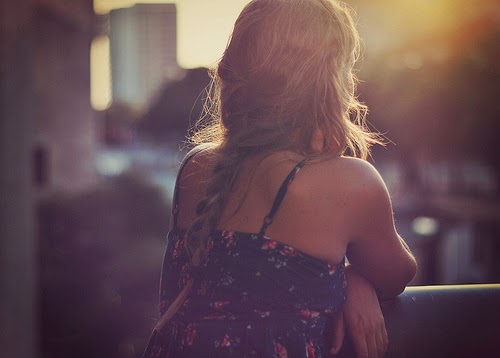
|
| [5] |
Bleach processing
If your hair is dyed black or just plain resistant to bleaching when going from black to blonde hair, you will have to bleach it more than once. Using the bleach powders recommended above, a second process is enough to get to blonde in most cases.
You can only leave bleach in your hair for a certain amount of time as recommended by the product manufacturer. Leaving it for longer offers very little additional lightening but leads to more damage and drying of the hair. If your hair isn't light enough to be dyed blonde at this stage, it will need to be bleached again.
If you need to bleach it a second time, this has to be done no sooner than a week after the first bleach in order to allow your hair a chance to regain its moisture balance. Bleaching it sooner than this will lead to significant damage and should be avoided at all costs. The longer you can leave it between processes, the better this process is on your hair.
If your hair is light enough at this stage however, it will be yellow, golden, or at least a light golden orange colour. If you have naturally black hair and haven't applied any dyes in the past, the recommended bleach powders above will generally be able to achieve this in one process and your bleach is ready to be removed once you see yellow; unless the maximum processing time is reached first, in which case you will need to bleach again.
Dyed black hair will often continue to show red tones however, and in order to tell when it is light enough, you need to actually judge it by how dark it is, rather than the colour it is. If it's a light red colour, that doesn't necessarily mean it isn't light enough to be dyed blonde when you're dealing with dyed black hair. Dyed hair doesn't follow the same colour change rules as natural hair.
Bleach removal

|
Wella Performance Plus Rinse |
 Follow this up with a conditioner. If you can afford it, Wella Performance Plus Conditioning Rinse is one of the absolute best products to use after bleaching your hair. This is a professional rinse and is designed to restore the hair to its proper pH and moisture levels, reversing the damaging effects of bleach quickly and getting your hair back to prime condition.
Follow this up with a conditioner. If you can afford it, Wella Performance Plus Conditioning Rinse is one of the absolute best products to use after bleaching your hair. This is a professional rinse and is designed to restore the hair to its proper pH and moisture levels, reversing the damaging effects of bleach quickly and getting your hair back to prime condition.Otherwise, use the best deep conditioner you can get and apply enough product to liberally coat your hair and boost up moisture levels.
Damage repair
A small amount of damage is always possible with bleach, even when used correctly. If your hair is naturally black, you don't have any dye in your hair, and you haven't used perming or relaxing treatments in the past, the damage will be very minimal and won't usually need significant repair, even after going from black to blonde hair.
If you have dyed black hair or had dyed your hair other colours in the past, the chance of damage is more likely. To know if you do have damage, always wait at least a week after using quality conditioning treatments. Your hair has to regain its moisture balance before you can assess actual damage.
When hair is freshly bleached it can feel rough and dry for a few days, but this isn't damage and will pass. Any issues after this period like breakage or loss of elasticity are actual damage and can be reversed with protein treatments.
- How to repair bleached hair - Need to know how to repair damage? Find out here and you can restore your hair to excellent condition in just 1 - 2 weeks with an intensive repair plan.
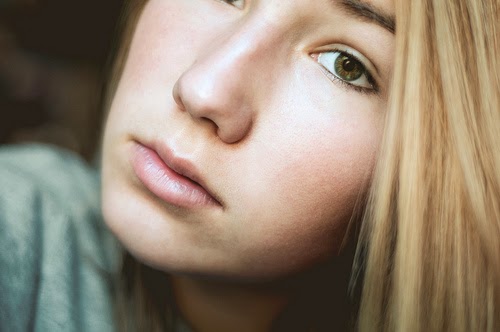
|
| [6] |
Toning your hair to blonde
Now that your hair has been lightened to a point where it can be toned blonde, the final step is all a matter of applying a blonde dye to tone it to your desired shade. This dye needs to be selected based on how light your hair currently is, as well as the specific tone you want.
Blonde dye selection
Hair colour is organised into categories based on on how dark shades are in terms of the level system. This numbering code attributes each level of depth a number between 1 - 10. Blonde colours range from a level 6, which is dark blonde, to a level 10, which is lightest blonde and looks close to white.
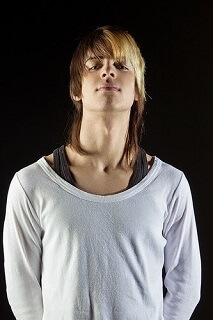
|
| [7] |
- Golden orange - Level 6
- Golden - Level 7
- Yellow (Banana peel) - Level 8
- Pale yellow (Banana flesh) - Level 9
- Very pale yellow - Level 10
This is necessary because the final colour you get is a result of your current colour + the dye colour. Even though you may want a beige blonde for example, if you just apply a beige blonde dye, there is usually not enough ash tone present in the dye to counteract the golden tones and reach beige.
The end result is that the strong gold colour remains instead of becoming more of a subtle tone. Cool tone must be used to neutralise the excess warm tone and achieve the shade you want.
Dyed black hair
When taking dyed black hair from black to blonde, the current colour of your hair isn't always indicative of level because red tone from the dye can remain present in your hair even when it gets very light.
For example, it's not uncommon to see dyed black hair that has been lightened to level 8 still look orange, even though if it was natural, it would appear yellow instead. Here it is necessary to judge the level by the darkness of the hair.
To do this, have a look at pictures of the different levels of blonde if you can't tell already. Match how dark your hair is to how dark each level is to get a good approximation of the current level and follow similar toning rules to the section above.
You will need a green based ash blonde dye if your hair contains intense red tones as green corrects red. If your hair is more of an orange shade though, a blue based ash can be used to neutralise it and tone it to a nice blonde.
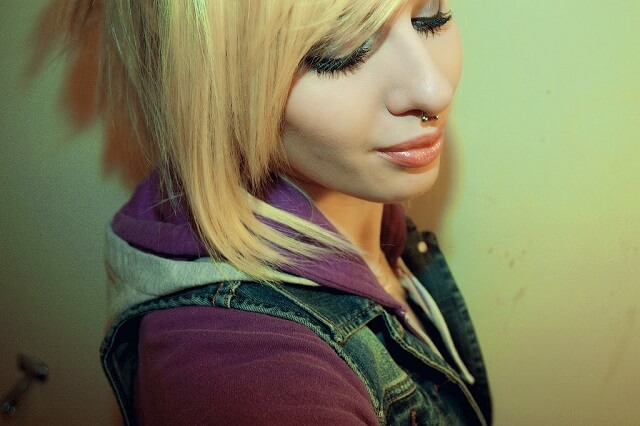
|
| [8] |
Types of dye
Toning of your hair should be done with a demi-permanent dye or permanent dye. Demi-permanent dye is only mildly damaging, long lasting, and great for toning. A permanent dye, on the other hand, is longer lasting.
You could also use a semi-permanent dye if you want an option that is completely non-damaging, but this will gradually wash out and will need to be repeated every 1 - 2 weeks to maintain the blonde colour.
- Types of hair dye - Find out more about the different types of hair dye available...
Dye brand
The brand of dye you use to tone your hair is incredibly important because the blonde colour you will end up with is dependent on this dye. The highest quality brands give the best results. For a great blonde colour, you can use a dye from one of these recommended colour lines:

|
Matrix SoColor Dye |
 Click any of the above brands to find the shade in 8 ash blonde on Amazon, which is a light ash blonde. If you need a lighter or darker blonde, or a different tone, you can navigate from there or feel free to ask for a link to the right shade in the comments section at the end of this article...
Click any of the above brands to find the shade in 8 ash blonde on Amazon, which is a light ash blonde. If you need a lighter or darker blonde, or a different tone, you can navigate from there or feel free to ask for a link to the right shade in the comments section at the end of this article...Choosing the right shade
Choosing the right shade of dye to achieve your desired blonde after lightening is a matter of using a colour that will neutralise enough warm tone out of your hair to produce the desired shade. As stated earlier, the colour you get is the result of your current colour + any colour you add.
To make choosing a shade easier, use the chart below. Shades of blonde on the left of the chart represent the colour you want, and the dye to use is listed on the right. Wherever you see the words 'at level', this means to use a dye of the specified shade that is the same level as your hair.
The reason that some of the dyes to use are specified to be used at one level lighter than your current colour is because this tempers the toning power of the shade for a controlled result. An ash blonde dye that is one level lighter produces more of a neutral blonde because there is less cool tone interacting with the colour in your hair, whilst an ash at level contributes a lot of cool tone and takes the blonde closer to ash. In this sense, you are using the dye to add a controlled amount of cool tone.
| Desired shade | Dye to use |
|---|---|
| Ash blonde | Ash blonde - at level |
| Neutral blonde | Ash blonde - 1 level lighter |
| Beige blonde | Natural blonde - at level |
| Golden blonde | Natural blonde - 1 level lighter |
| Strawberry blonde | Golden copper blonde - at level* |
Note: For strawberry blonde, the formula above will give a vibrant colour. For a more subtle stawberry shade, mix a natural blonde into the golden copper blonde to cool it down.
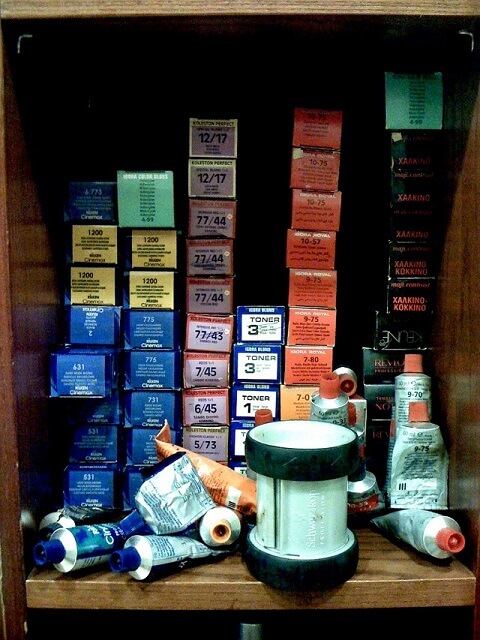
|
| [9] |
Toner application
After properly selecting the dye to use as your toner, application is as simple as following the same technique used to apply the bleach. Apply your dye with a tinting brush in sections, working through your hair quickly and evenly until it is all covered. Once it has been applied, you need to let it develop.
In most cases, using the shade that is specified in the chart above will mean allowing it to develop for the full processing time of the particular brand to get a rich colour result. If your hair is porous and soaks up colour really well though, the dye should be removed once it reaches your desired level of tone, or you can drop all the shade recommendations down one level.
You don't have to leave it on for the full development time, although doing so will ensure the colour lasts as long as possible before more toning becomes necessary.
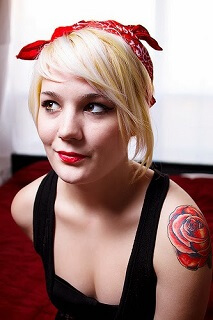
|
| [10] |
Rinsing out the toner
When the toner produces a nice shade or reaches the end of processing time, it needs to be removed. This should be done using water at first until all the dye has been removed from your hair. Then, to ensure it has all been removed, you need to shampoo your hair. Follow this up with conditioner or a conditioning treatment.
If using a conditioning rinse, this is the perfect time to use it again as it can be used after removing dye too. Doing so will seal the hair, correct the pH and moisture balance, and lead to your hair feeling softer and healthier. The sealing action helps lock colour deep into the hair and last longer. You can also add a small amount of white vinegar into conditioner to replicate this effect to some extent if on a budget.
After-colour care
The after-colour care required after dyeing your hair is much the same as it is with bleaching. When going from black to blonde hair, a lot of processing is required, and it is important to use deep conditioning and protein treatments to restore your hair to good condition and keep it strong.
Leave-in conditioners and hair serums can also be used to further protect and nourish your hair before styling.
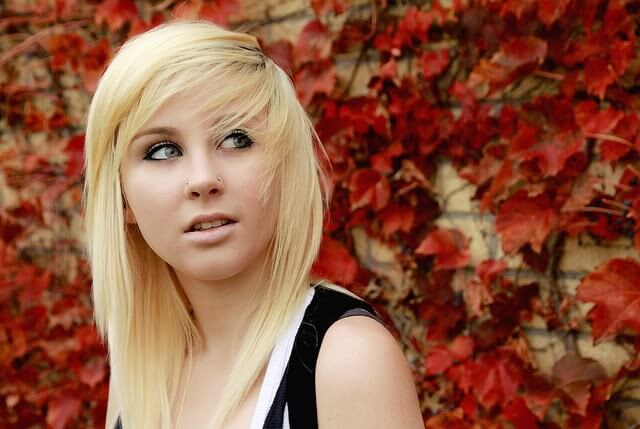
|
| [11] |
Colour maintenance
Blonde colours, like all other dyes, will fade over time. This occurs even if they were achieved with a permanent dye. For this reason, colour maintenance is important and can be as simple as using a quality purple shampoo like De Lorenzo Silver shampoo or Fudge Violet shampoo.
If you need a stronger toner, your options include semi-permanent and demi-permanent dyes. Both of these can be used to completely refresh your blonde colour if necessary. It's best to use a semi-permanent dye here as it causes no damage.
Do you need more help going from black to blonde, or more information about the dye process? Perhaps you need a hand choosing the right dye to use for your desired colour? Leave a comment for tailored advice...
